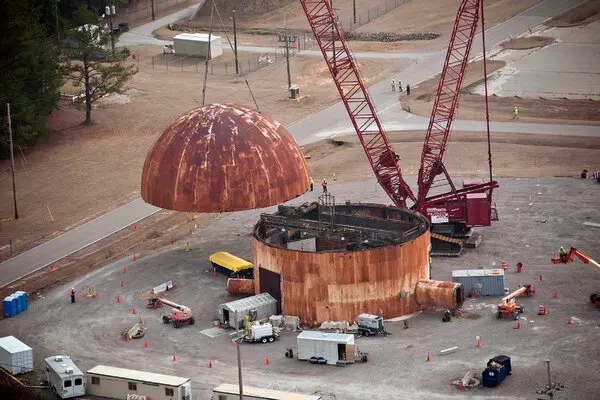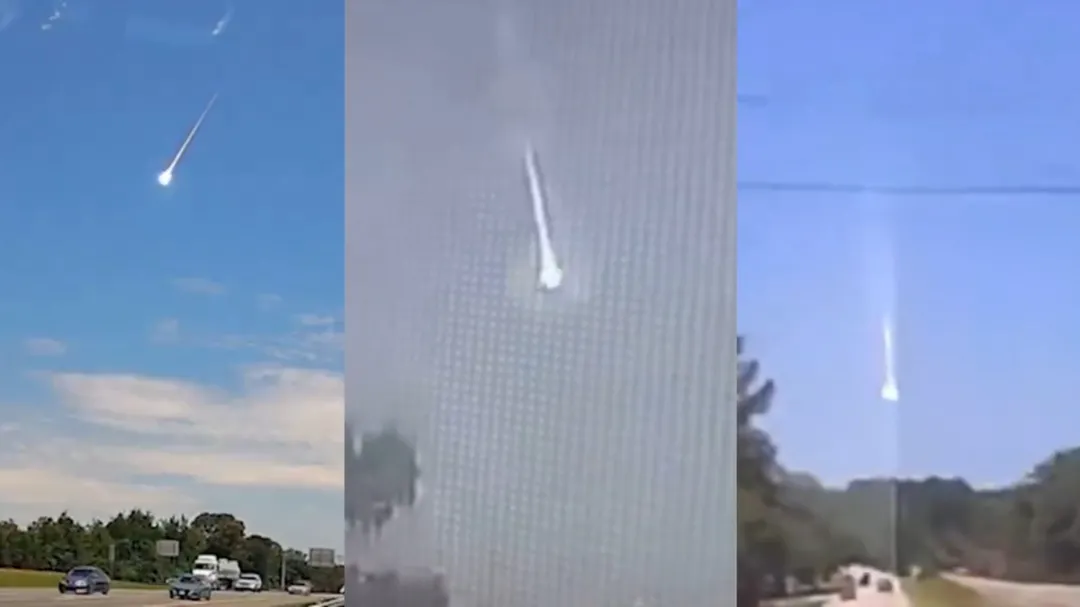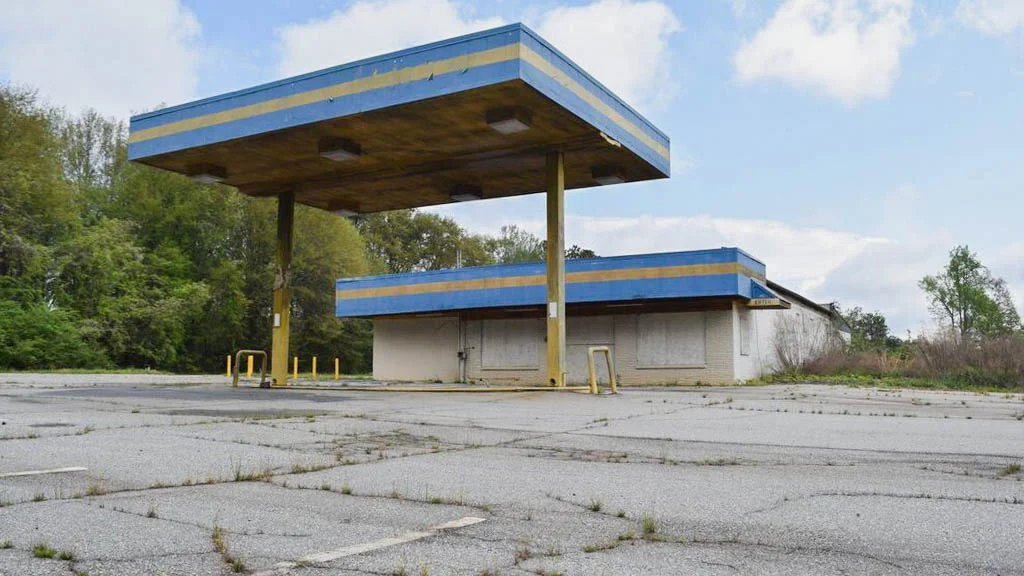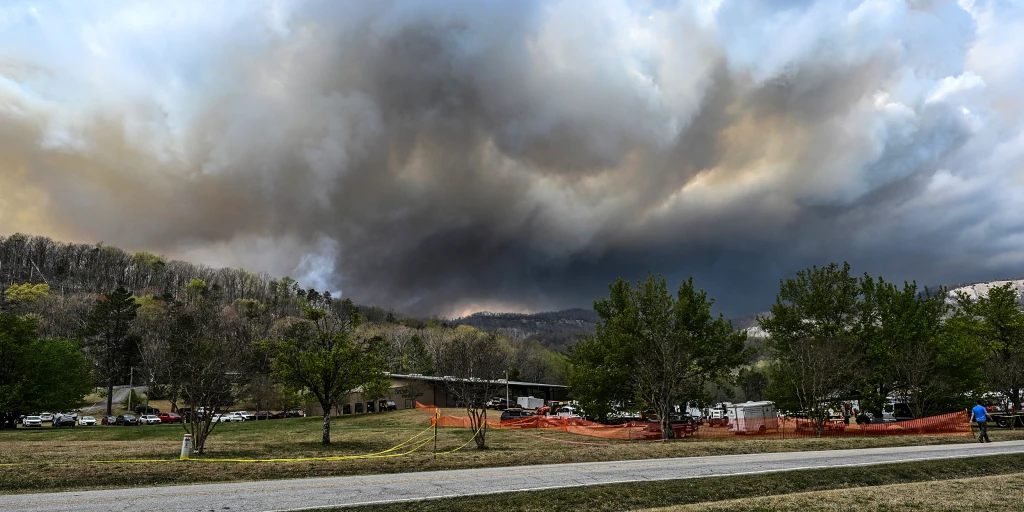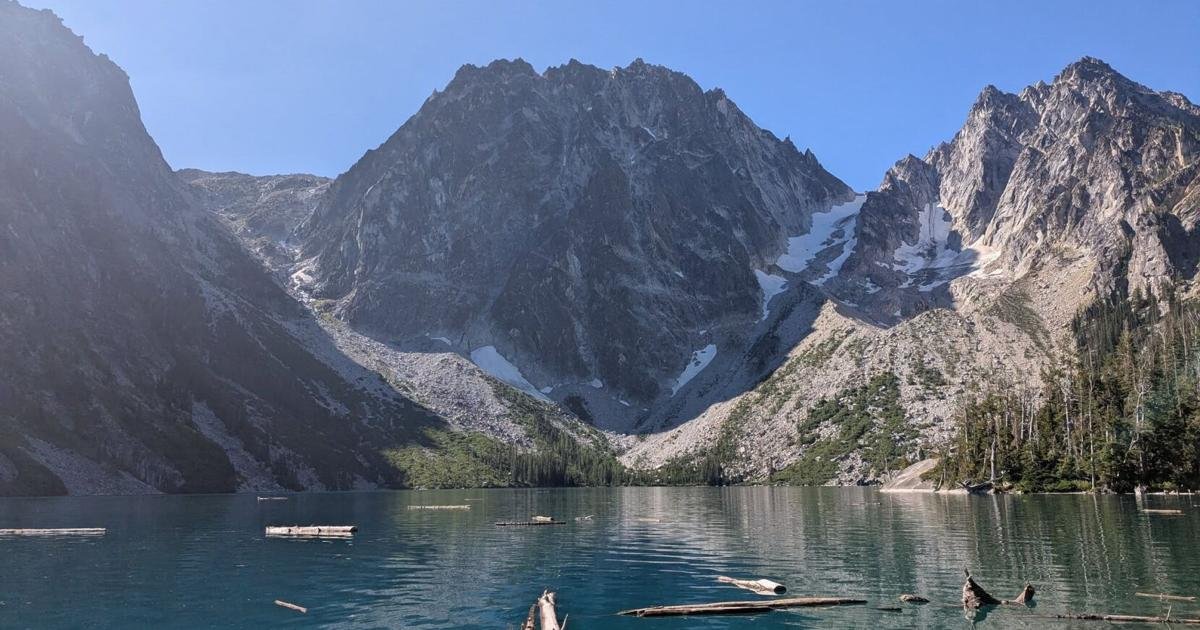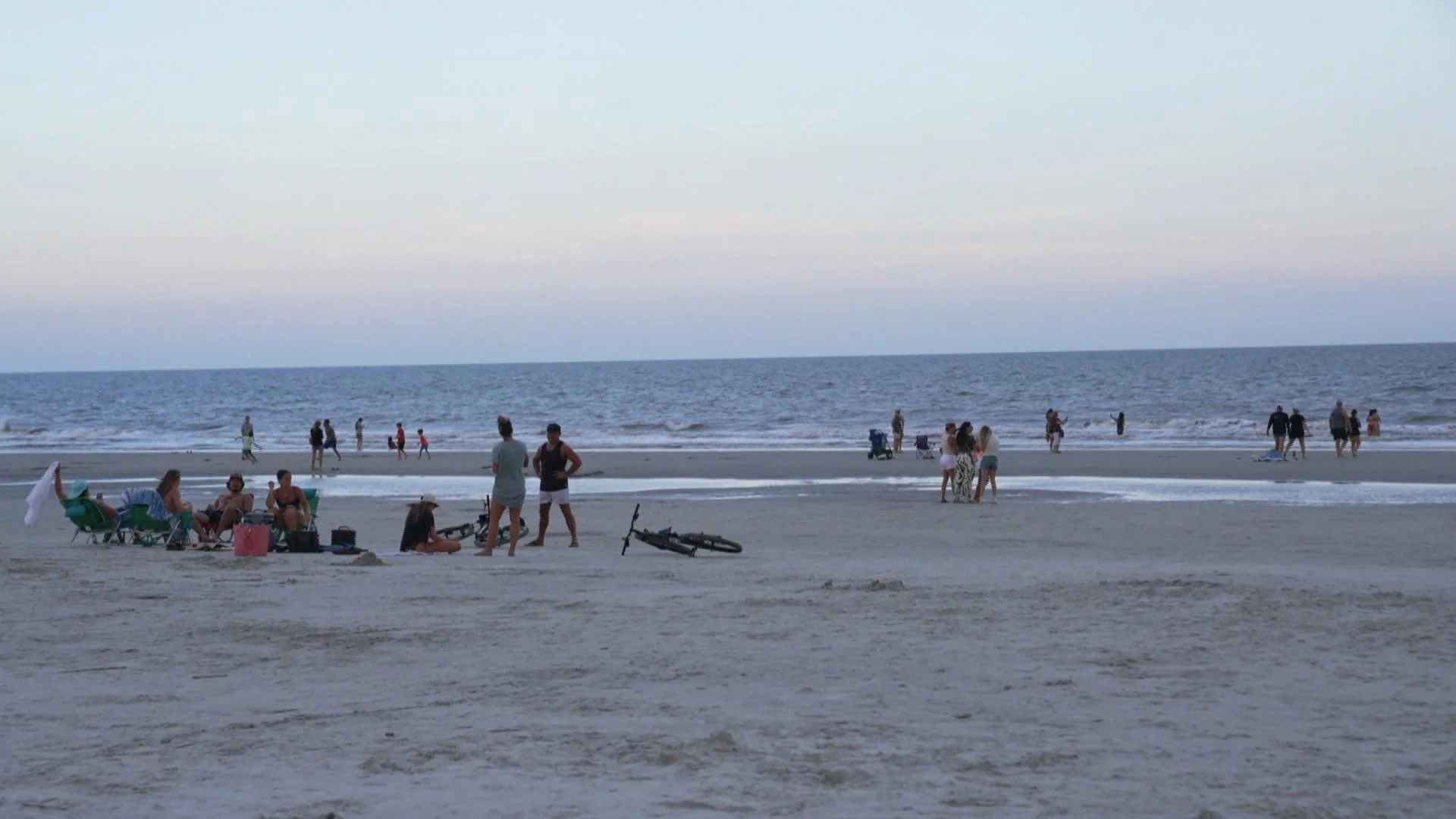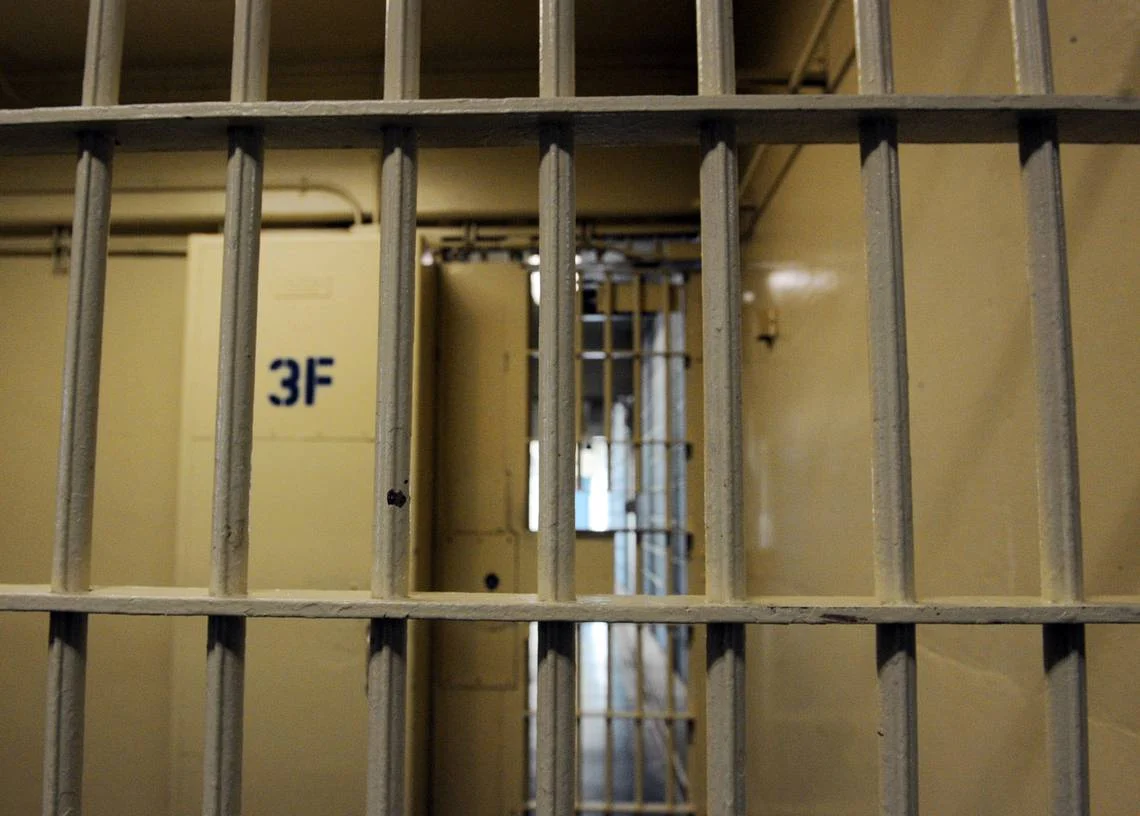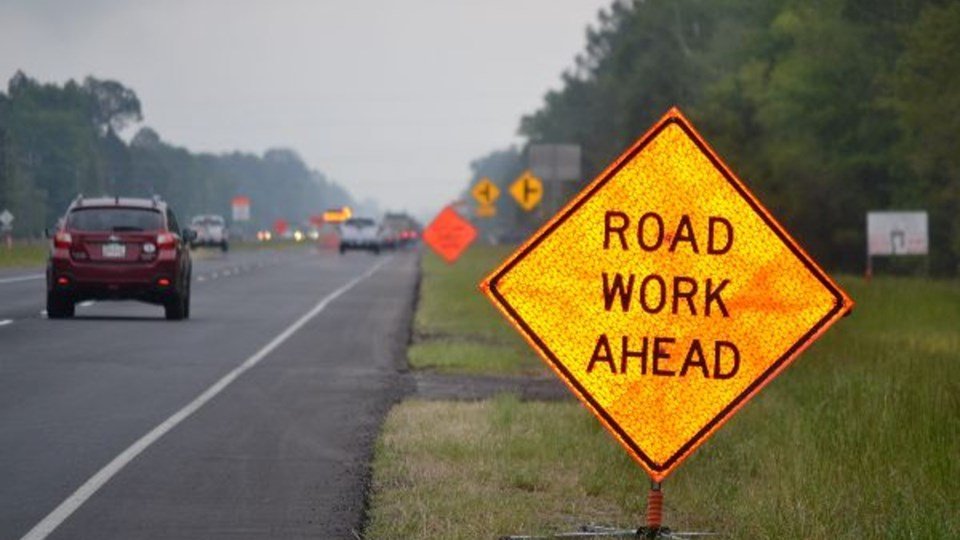South CarolinaFour radioactive wasp nests have been found at the Savannah River Site, a former nuclear weapons plant in Aiken, South Carolina, according to confirmation from federal officials. Long-standing environmental dangers associated with the site’s Cold War past have come under additional attention as a result of the revelation.
Radioactive nests raise red flags
The U.S. Department of Energy recently reported that the first contaminated nest was found on July 3 close to a nuclear waste tank. It was taken out safely and placed in a bag marked “radiological waste.” Since then, three more nests have been discovered at the location while doing routine maintenance.
Experts warn that the results could indicate hidden pollution that has existed at the site for decades, despite the department’s claims that the levels of contamination are extremely low and do not directly endanger the health of the employees or the communities around them.
According to Dr. Timothy Mousseau, a scientist from the University of South Carolina who specializes in radiation-affected ecosystems, including those at Chernobyland Fukushima, this is a sign that there are toxins dispersed across this region that have not been fully enclosed and secured.
Legacy contamination from Cold War operations
Built in the 1950s to create tritium and plutonium for hydrogen bombs, the Savannah River Site is 310 square miles close to the Georgia border. Even though the manufacture of nuclear weapons decreased during the Cold War, the facility’s entire cleanup has taken years and isn’t anticipated to be finished until 2065.
Instead of a recent leak or system failure, officials believe the radioactive substance discovered in the wasp nests most likely originates from legacy contamination in wood or soil.
Dr. Mousseau clarified that there is some residual radioactive contamination in the mud or lake bottom, and that wasps constructing their nests from tainted decaying wood might easily evade detection during routine inspections.
Potential environmental implications
Although wasps typically remain close to their nests, preventing the immediate spread of radiation, the incident highlights more general issues. The nests were flagged by Dr. Mousseau, who suggested that more thorough environmental monitoring is required.
According to him, the primary worry is whether or whether there are sizable regions of serious pollution that have previously eluded surveillance.
At the Savannah River Site, this is not the first radioactive anomaly. The facility’s rooftop was discovered to have bird droppings containing radioactive material in 2017, indicating that wildlife can spread contamination well beyond the site.
Calls for more transparency and investigation
The Department of Energy has maintained that there is no health danger, but detractors point out that the agency has not made certain details, such as the level of radioactivity and the isotopes involved, publicly available. These specifics are essential for assessing the contamination’s origins and possible spread.
Environmental scientists and watchdogs are once again concerned about the lack of this data, believing that existing contamination is being underreported or not adequately monitored.
Dr. Mousseau said, “We would like to know a lot more about what this actually represents.” Additionally, is there any proof that these radionuclides are being transported throughout the ecosystem?
Are you worried about legacy nuclear contamination in your town or do you live close to the Savannah River Site? Let your voice be heard by sending us a message at SaladaStandard-Sentinel.com.
